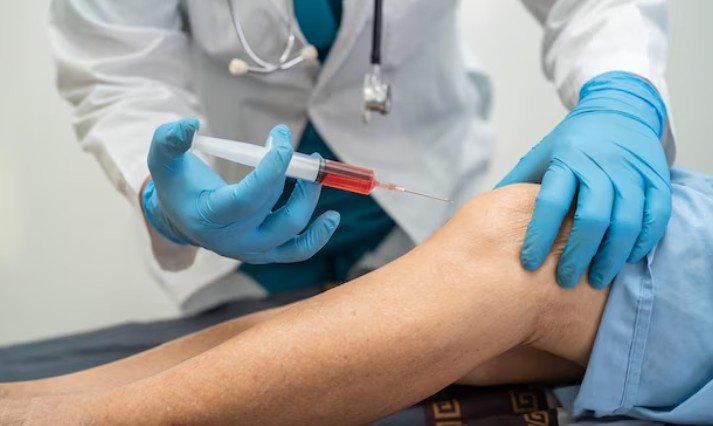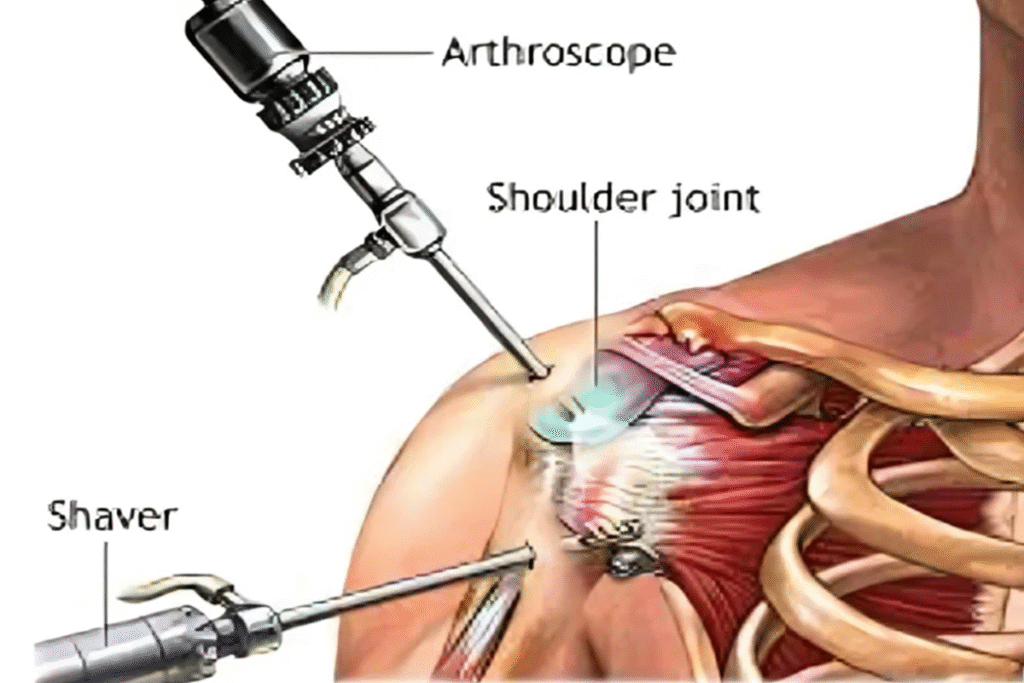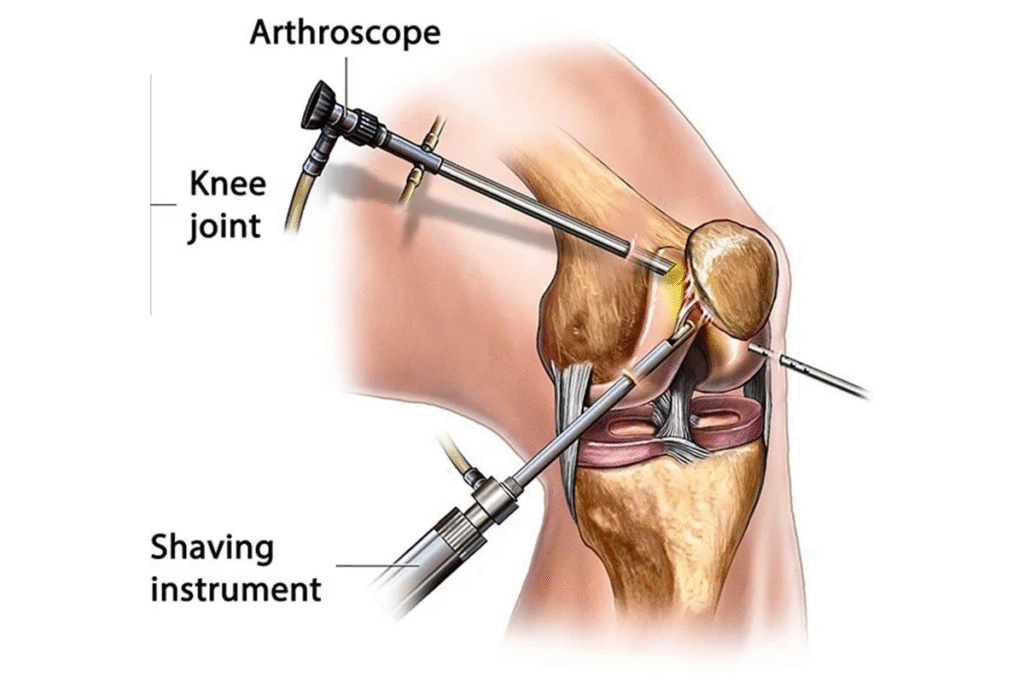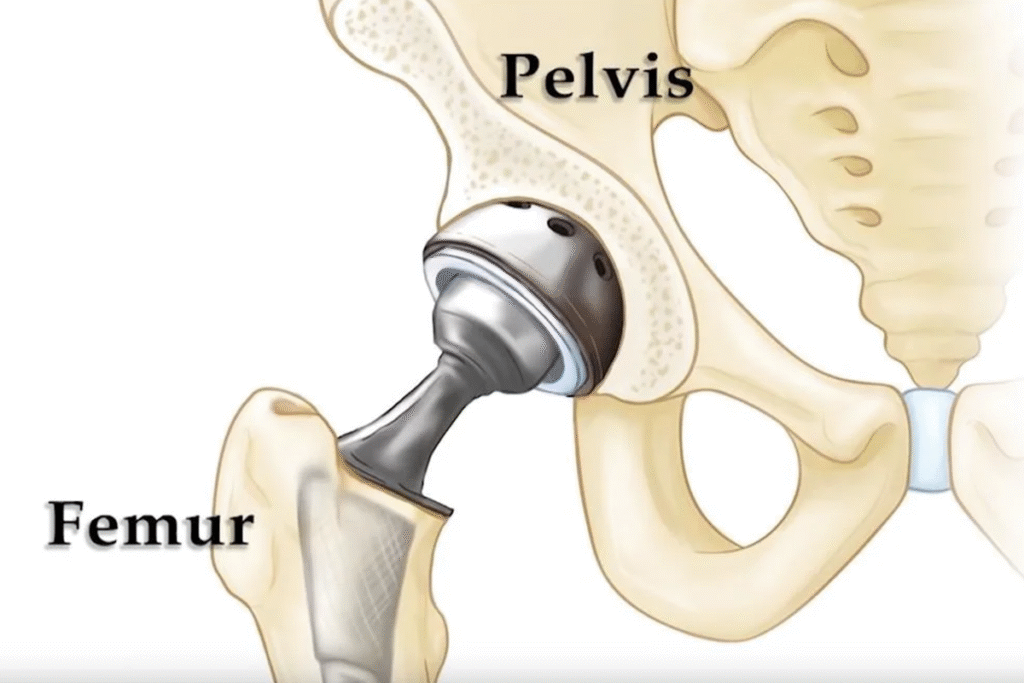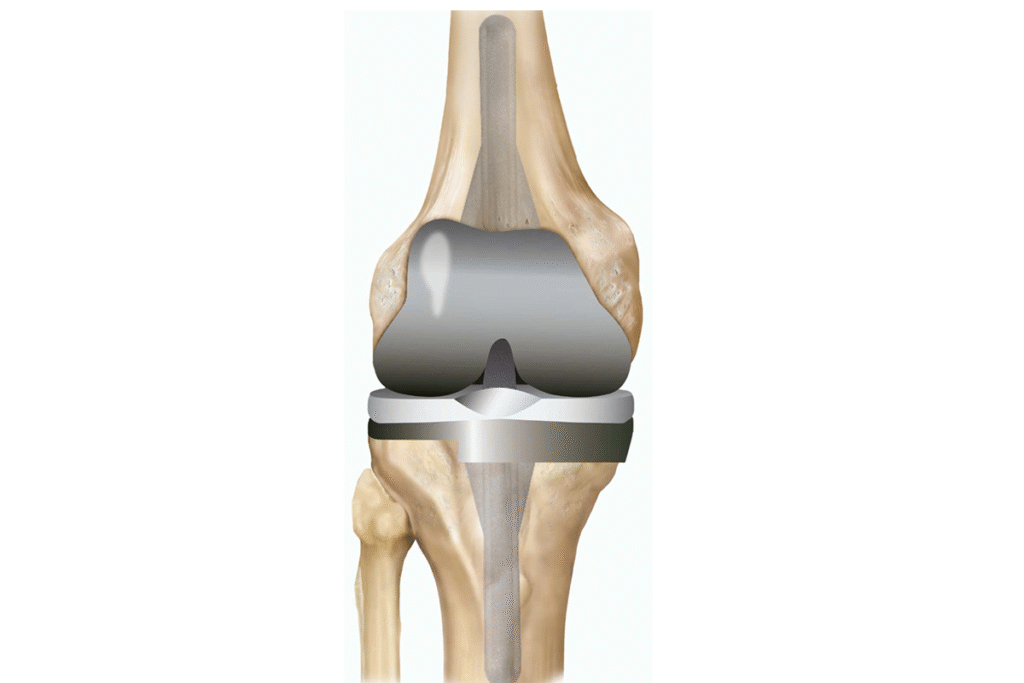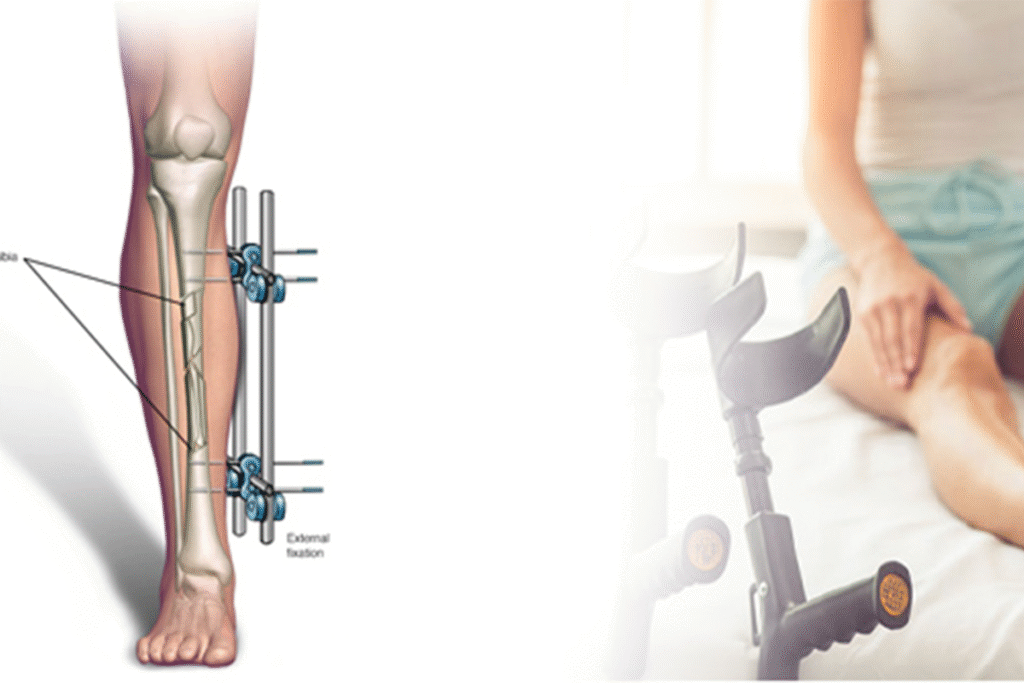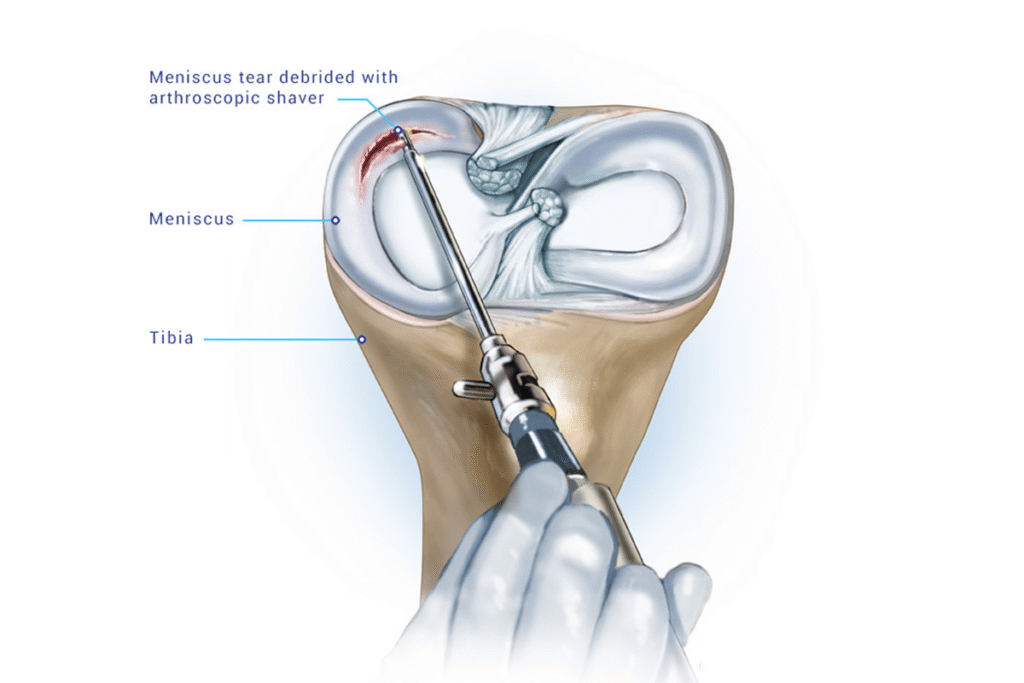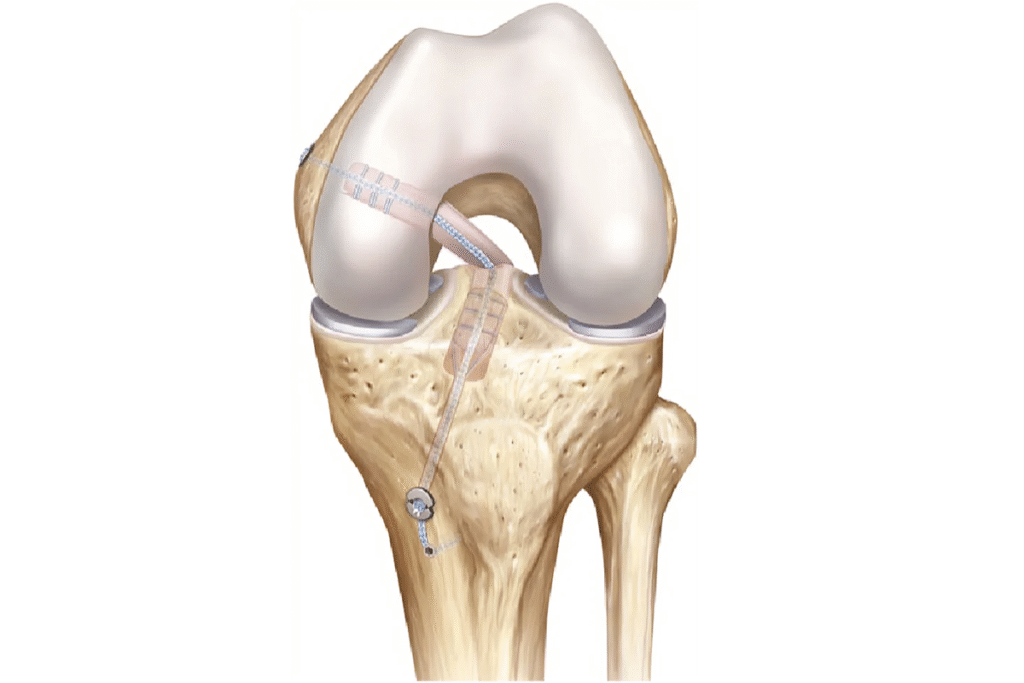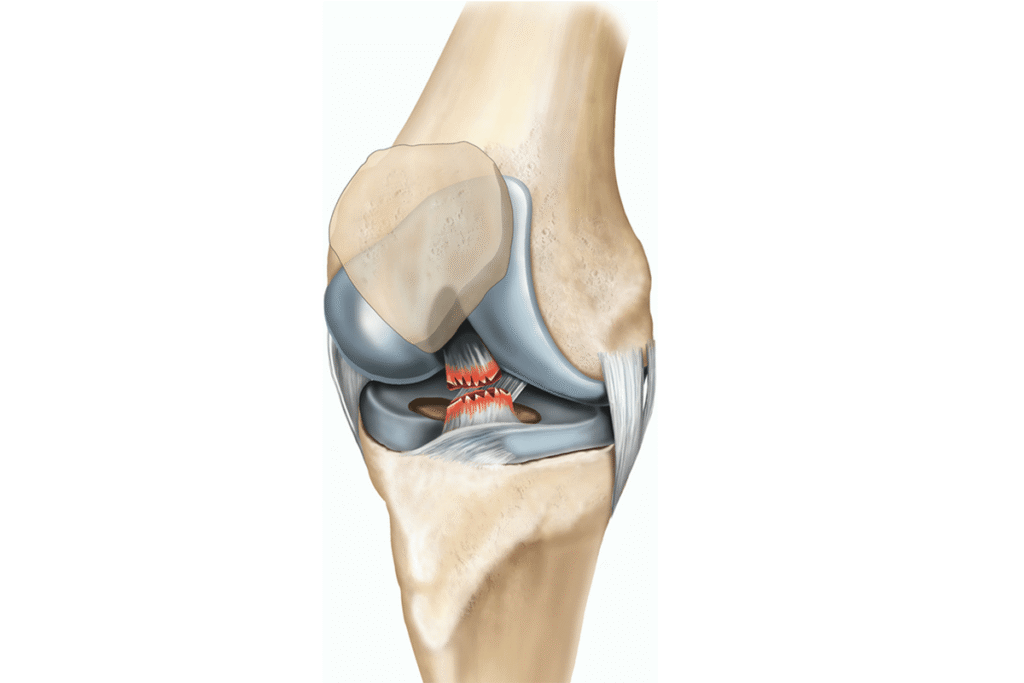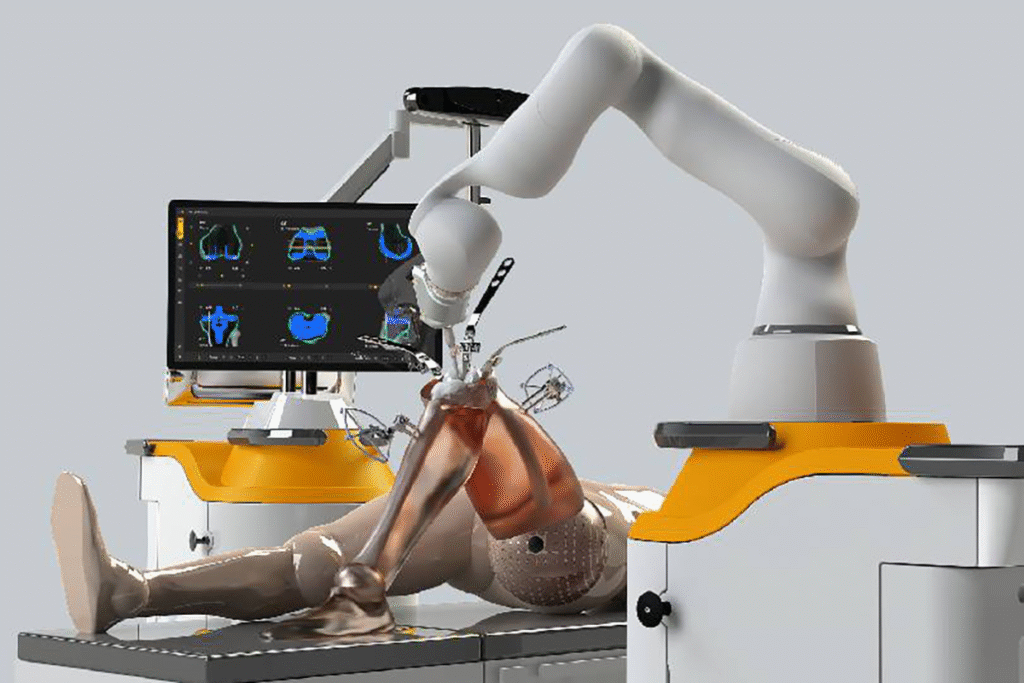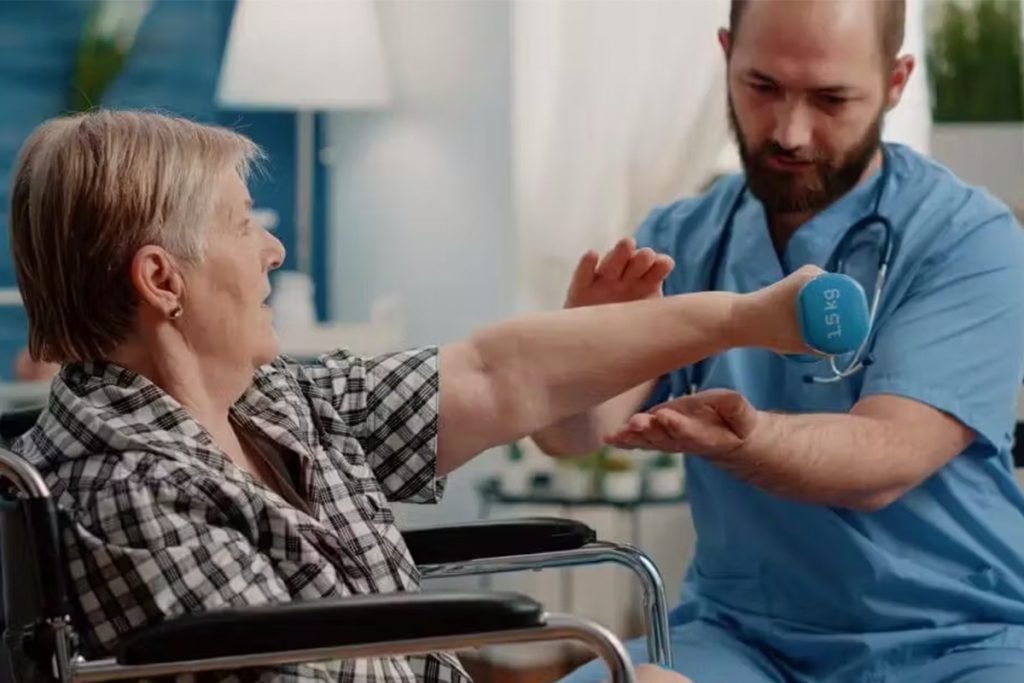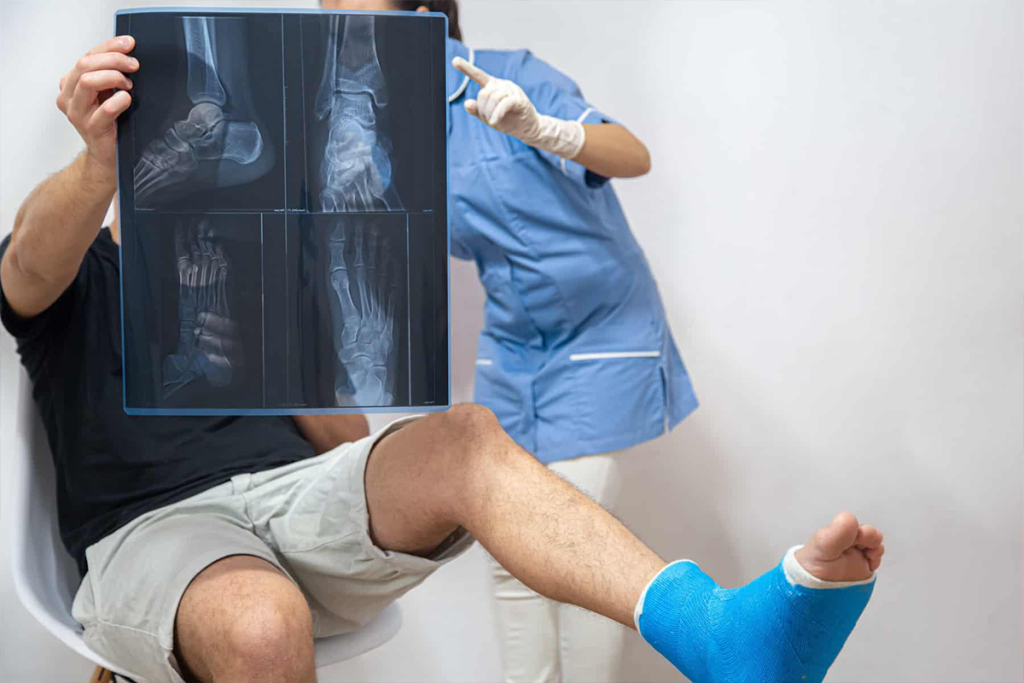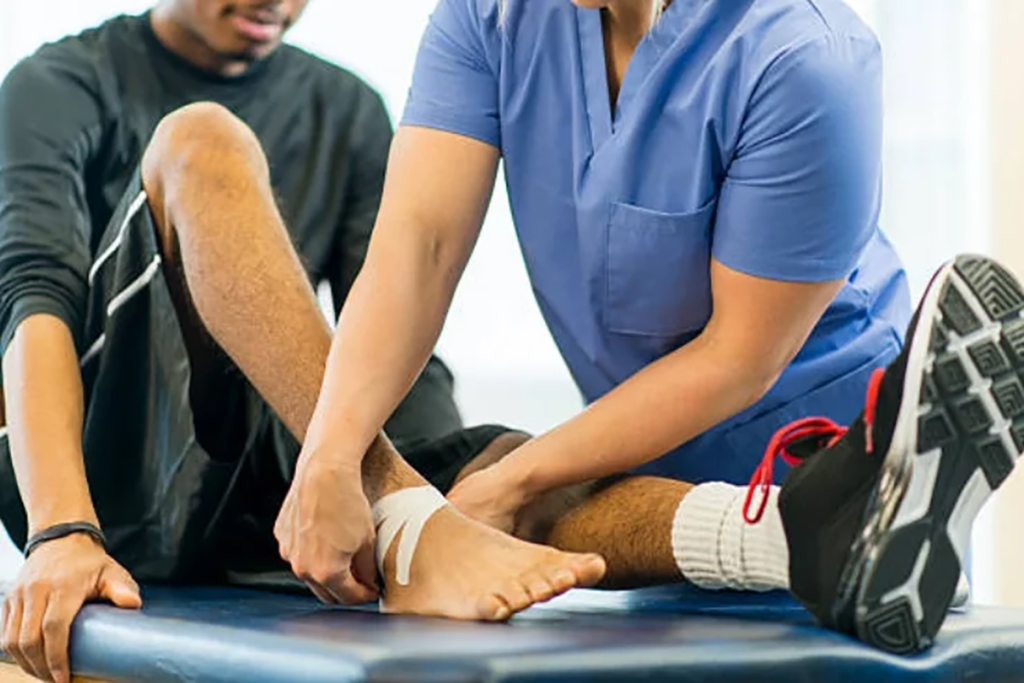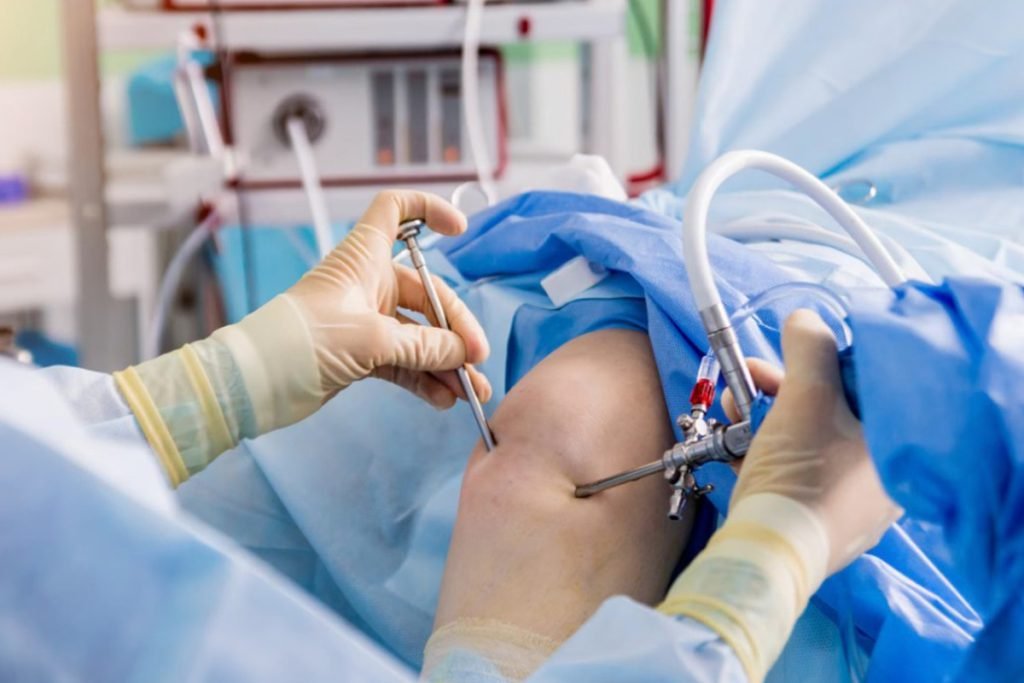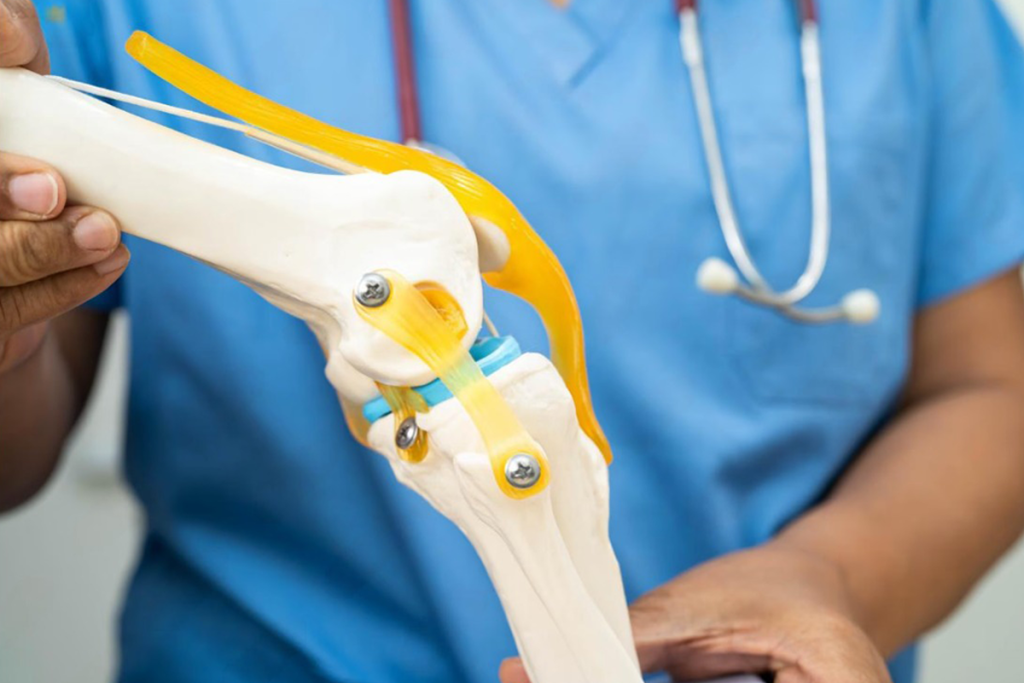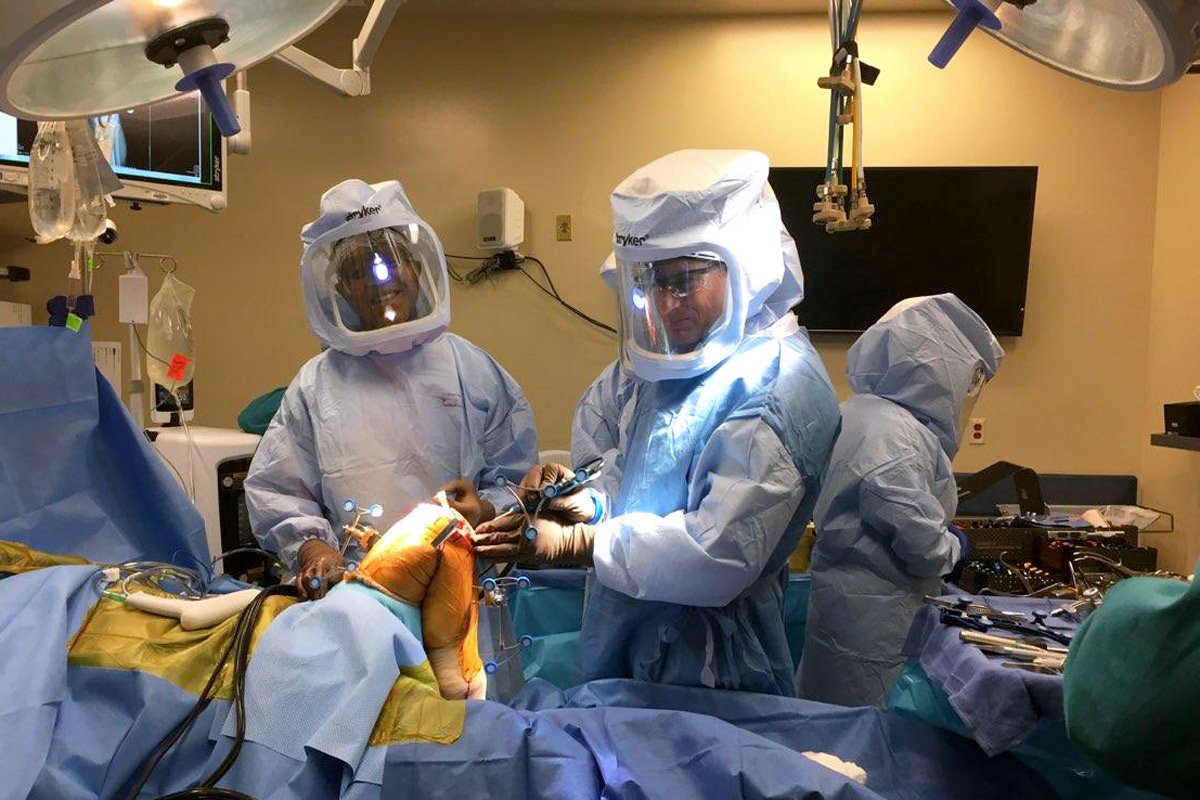Meniscus injuries are among the most common knee problems faced by athletes, fitness enthusiasts, and even individuals with active lifestyles. Traditional treatments, including rest, physiotherapy, and in severe cases, surgery, have been used for decades to manage meniscus damage. However, with advancements in orthopaedic care, Platelet-Rich Plasma (PRP) therapy has emerged as a promising treatment option. According to Dr Guruditta Khurana, a leading orthopaedic surgeon in Gurgaon, the best role of PRP in meniscus injury in Gurgaon lies in its ability to accelerate natural healing, reduce pain, and improve long-term recovery outcomes.
Join our online community! Follow us on:https://www.youtube.com/@RoboticOrthodoc_Guruditta
Understanding Meniscus Injuries
The meniscus is a C-shaped cartilage in the knee that acts as a cushion between the thigh bone (femur) and shin bone (tibia). It provides stability, shock absorption, and smooth knee movement. When the meniscus gets torn—often due to twisting, sudden stops, or sports-related activities—it leads to pain, swelling, stiffness, and limited mobility.
Conventional treatments such as medications, physical therapy, and arthroscopic surgery aim to restore function, but they often have limitations in regenerating the natural tissue. This is where PRP therapy shows its potential. The best role of PRP in meniscus injury in Gurgaon is seen in its biological approach to healing, which works with the body’s natural regenerative abilities.
What is PRP Therapy?
Platelet-Rich Plasma therapy is a regenerative treatment that uses the patient’s own blood to stimulate healing. A small amount of blood is drawn, processed to concentrate platelets, and then injected into the injured knee area. These platelets release growth factors and proteins that promote tissue repair, reduce inflammation, and enhance healing capacity.
Dr Guruditta Khurana emphasises that the best role of PRP in meniscus injury in Gurgaon lies in its minimally invasive nature and its ability to encourage biological healing without the risks of synthetic medications or major surgeries.
How PRP Helps in Meniscus Healing
The success of PRP therapy in treating meniscus injuries lies in its scientific benefits:
- Stimulates Tissue Regeneration: PRP releases growth factors that enhance the repair of cartilage and meniscal tissue.
- Reduces Pain and Inflammation: Patients often report noticeable pain relief within weeks of treatment.
- Improves Mobility and Function: PRP supports better knee stability and overall movement.
- Delays or Avoids Surgery: In some cases, PRP reduces the need for invasive procedures, especially for partial meniscus tears.
According to Dr Khurana, when combined with physiotherapy and lifestyle modifications, the best role of PRP in meniscus injury in Gurgaon is to restore knee function naturally while avoiding surgical risks.
PRP Therapy vs. Traditional Treatment
Traditional treatments for meniscus injuries include rest, physiotherapy, painkillers, and surgery in severe cases. While these methods manage symptoms, they may not fully regenerate damaged cartilage. PRP, on the other hand, directly targets the biological healing process.
- Conventional Approach: Focuses on symptom control and structural correction.
- PRP Approach: Promotes regeneration, reduces downtime, and enhances recovery naturally.
This distinction highlights the best role of PRP in meniscus injury in Gurgaon, where advanced orthopaedic care focuses not just on repair but also on long-term joint health.

Why Choose Dr. Guruditta Khurana for PRP Therapy?
Dr Guruditta Khurana is a trusted orthopaedic surgeon in Gurgaon with extensive expertise in regenerative medicine and sports injuries. His approach combines advanced diagnostics, patient-specific PRP treatment protocols, and guided rehabilitation for optimal outcomes.
Patients under his care benefit from:
- Personalized Treatment Plans tailored to injury severity.
- Precision PRP Injections using advanced techniques.
- Comprehensive Rehabilitation Support for long-term knee health.
With his guidance, patients experience the best role of PRP in meniscus injury in Gurgaon, ensuring faster healing and sustainable recovery.
Recovery Expectations with PRP
After PRP injections, patients may experience mild soreness for a day or two. Gradually, pain and swelling reduce, and knee function begins to improve. Rehabilitation exercises prescribed by Dr Khurana further enhance strength and flexibility.
Full recovery timelines vary depending on the severity of the tear and the individual’s response to PRP. However, many patients notice significant improvement within 6–12 weeks. This makes the best role of PRP in meniscus injury in Gurgaon highly effective in promoting both short-term relief and long-term joint health.
Conclusion
Meniscus injuries can limit mobility and impact daily life, but advancements in regenerative orthopaedics offer new hope. Platelet-Rich Plasma therapy, as recommended by Dr Guruditta Khurana, represents a cutting-edge, minimally invasive solution for meniscus repair. By stimulating natural healing, reducing pain, and restoring function, PRP therapy ensures better outcomes without the drawbacks of conventional methods.
For individuals seeking advanced care, the best role of PRP in meniscus injury in Gurgaon lies in its ability to provide natural, long-lasting recovery under expert medical supervision.

